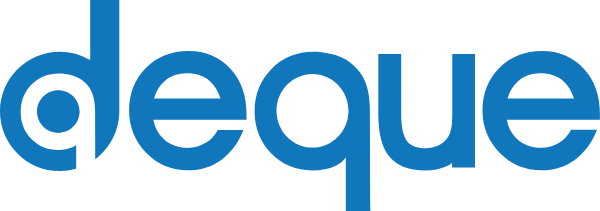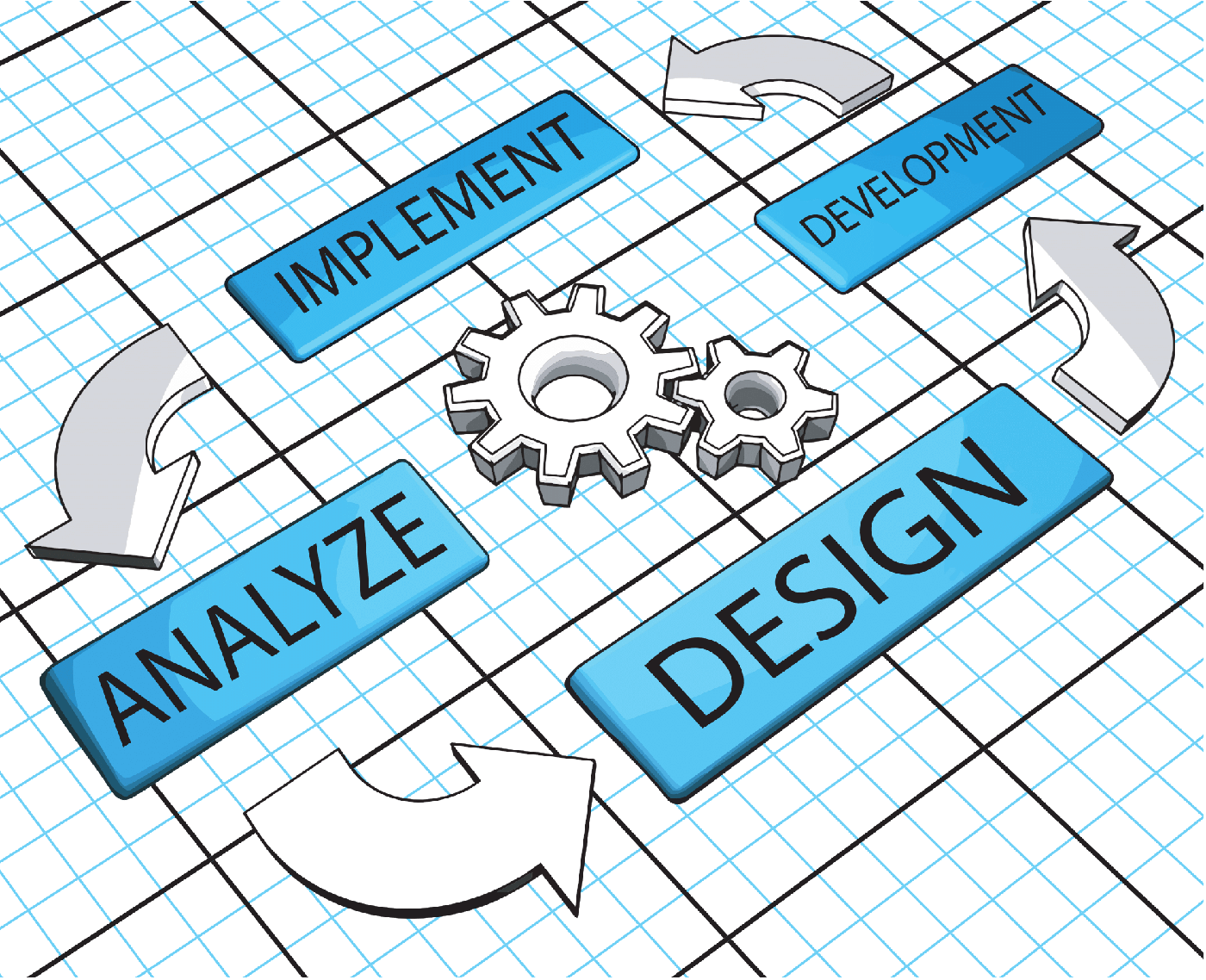3 Questions That Will Help Your Developers Prioritize Accessibility
For all the focus on improving digital experiences, one are remains overlooked. Deque Systems’ Dylan Barrell shares 3 questions that will help developers see the big picture for how to improve accessibility in their apps – even when budgets and time are scarce.
by Dylan Barrell, CTO, Deque Systems
Tags: accessibility, appdev, CPACC, digital experience, open source, software, testing, WAS,

CTO

"There’s a lot you can do to communicate the importance of prioritizing accessibility at your organization."
 Modern Application Development for Digital Business Success
Modern Application Development for Digital Business SuccessAccessibility isn’t always at the top of developers’ lists when they’re creating digital experiences — or even near the top.
There’s no malice in this approach, of course.
There are really one or two simple reasons for this lack of prioritizing accessibility: Developers often lack the awareness and resources to implement and test accessible offerings, and leadership is not always quick to support teams in prioritizing digital inclusivity long term.
So, when push comes to shove, developers are unlikely to rewrite code that’s already considered functional or disrupt long-standing workflows. Heel dragging is even more common at smaller companies, where budget and buy-in for new technologies are scarce.
But that doesn’t make boosting online accessibility any less important, both in principle and legally — and especially to the 61 million Americans living with a disability.
Ways To Help Your Developers See the Big Picture on Accessibility
There’s a lot you can do to communicate the importance of prioritizing accessibility at your organization.
Just starting conversations can start the shift and offers benefits, including:
- Dispel frequently voiced concerns
- Build awareness around developer-friendly accessibility tools
- Lead employees toward a deeper understanding of how people with disabilities experience technology in everyday life
This last piece is critical, especially when striving for accessibility online.
Whether your developers know it or not, they play an important part in creating a digital world that works better for everyone. That developer impact comes as each of us now completes countless important responsibilities online, from banking and shopping to interacting with our family, friends and coworkers.
So, the choices developers make behind the scenes can make a big difference in helping someone with a disability live an independent, productive life or even perform simple daily tasks. Code has the power to help people with disabilities thrive, and that’s a goal we can all get behind.
If the big picture still isn’t clicking with your team, consider these three questions to jumpstart a dialogue:

Where Do Users With Disabilities Most Often Experience Challenges?
When encouraged to think more critically about providing accessible experiences online, the areas your team overlooks may surprise you.
Trainings and professional development are effective ways to bridge this awareness gap. Learning opportunities help developers think beyond code. They can experience an evolving mindsets – shifting from “going through the motions” to truly focusing on creating better and more accessible solutions because it’s the right thing to do (and because it’s better for business).
Something as simple as learning appropriate disability language can help staffers connect the dots between their individual work and larger accessibility goals. Motivated individuals can pursue industry-recognized accessibility certifications such as the Certified Professional in Accessibility Core Competencies (CPACC) and Web Accessibility Specialist (WAS), bringing back takeaways to your entire team.
It’s also possible to shadow people with disabilities using your technology to identify elements of your code that require rethinking or more testing, and compensate them for their time.
To further speed implementation from these learning, a growing number of tools exist that actually allow developers to experience assistive technologies firsthand through intensive labs and curricula, calling attention to features that matter to people with low vision, fine motor difficulties and more.
This kind of education creates space to explore a wider range of real-world accessibility challenges, many of which will be new discoveries for developers without disabilities.
How To Make Easy Inroads with Online Accessibility
Once your team is on the same page about accessibility goals, conversations should shift to helping developers bring accessibility capabilities by using inclusive code. You don’t want your users to be the ones to discover accessibility issues within your technology — that’s your developers’ job.
As a first step, point your team toward free, open source development tools. Automated accessibility testing is no longer cumbersome, and you can incorporate automated browser extensions, APIs and linters into your regular testing process. Starting small ensures developers build intent and confidence for prioritizing accessibility.
Second, expand adoption of tools that provide automated detection and remediation. Today, automated testing tools catch about 57% of defects, That’s a big chunk to get started. That said, you’ll still need to complete manual testing alongside any assistive technologies. To make this task easier, top tools offer automated detection and remediation processes, and can also flag aspects of your online offerings that fail to meet current disability regulations.
Third, expand the definition and mindset of “great customer UX” to include accessibility in context of all users in multiple conditions, including those who may be temporarily impaired or permanently disabled.
While ensuring ADA or WCAG compliance is often a key factor, that shouldn’t be the only inspiration. When you pursue accessibility improvements compliance naturally falls in line. But it’s also helpful to think out of the box for how to deliver better experiences for even users without disabilities.
Just one example: What if you get in a car accident and end up in a cast that makes it painful to type? You’d hope your favorite brands — and your employer or educator — already offer technology accommodations for this need.
Conclusion
Accessibility should be treated as a priority, not an afterthought — starting with your development team. Inclusivity should be a bigger part of your core development curriculum, including app design, testing and deployment.
It’s not just good for all users – it’s good for business.
Dylan Barrell is the Chief Product Officer at Deque. He has almost 20 years of experience in technology development, technical sales, product management, product marketing, and corporate development. He also believes in leading through action to create value for shareholders and the community.
Related:
- InfluxData's Latest Updates Optimize Time Series Data for Better Performance, Scale and Management
- Actian Zen 16.0 Update Simplifies Delivery and Boosts Performance of Edge, IoT Apps
- Virtana Infrastructure Performance Management Adds AI-driven Capacity Planning
- e2open’s Supply Chain SaaS Updates Help Firms Reduce Operational Risks with Deeper Visibility
- Report: Endor Labs Identifies 2023 Operational, Security Risks To Open Source
All rights reserved © 2025 Enterprise Integration News, Inc.


